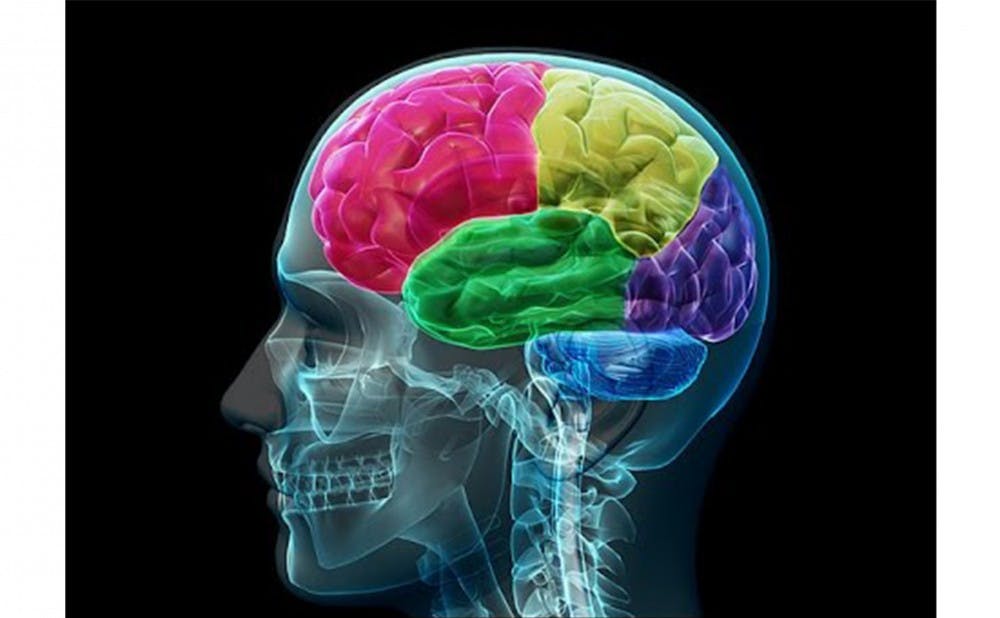In the future, motivating yourself to write that final paper could start with hooking your brain up to a TV monitor.
A March study by the Adcock Lab at Duke, published in the journal Neuron, suggests that a method called neurofeedback can help individuals motivate themselves. Led by R. Allison Adcock, assistant professor of psychiatry and behavioral sciences, and postdoctoral students Jeff MacInnes and Kathryn Dickerson, the study had participants consciously manipulate live images of brain activity in a region called the ventral tegmental area. Manipulating this area, which is implicated in cognition and memory, helped participants self-motivate to perform a difficult task.
MacInnes said he hopes this research can lead to further studies on how to control forms of cognition such as memory and learning.
“This study is an early proof-of-concept,” MacInnes explained. “We showed that when feedback was presented in this specific way, people were able to learn some skills that were transferred to a post-test afterwards."
During the experiment, subjects were first asked to internally motivate themselves for an impending task while the researchers watched each participant's VTA activation using a functional magnetic resonance imaging machine. Initially, the fMRI machine demonstrated that participants could not motivate themselves very effectively.
“A lot of the prior research on motivation has focused on external motivators like money or juice—things that are tangible," MacInnes said. "And so we used motivation as a framing tool based on a lot of prior literature that has linked external motivational states with VTA activation to see if we could ask people to simply try to create those states themselves using internally-driven thoughts and imagery.”
Researchers then gave the participants access to a computer monitor that displayed a thermometer, the height of which represented their respective VTA fMRI activity, MacInnes explained. The researchers next asked the participants to try different motivational techniques in the hopes of raising the height of the thermometer.
MacInnes added that letting participants watch their neural activity and attempt to control it—a technique called neurofeedback—not only improved their ability to self-motivate but also enabled them to self-motivate when asked to do so without the thermometer present.
Dickerson said that a future goal of their lab is to extend the duration of the effects of the neurofeedback.
One downside of the study, however, was that the fMRI setup could not directly measure participants' levels of dopamine—a chemical neurotransmitter which plays a role in reward-motivated behaviors—MacInnes said.
Dickerson noted that future researchers could give individuals L-DOPA, a chemical which leads to the production of dopamine, and observe how the extra dopamine affects self-motivation and VTA activation.
MacInnes said that a better understanding of how dopamine directly affects the VTA and self-motivation could have broader implications for psychiatric conditions like schizophrenia, a disease which is linked to excess dopamine in the brain. Influencing the VTA with both dopamine or neurofeedback could have potential medical applications, he added.
“There’s certainly a suggestion with this study that if you can target [the VTA region] in a way that’s more precise than pharmacology without the side effects of pharmacology, there’s a potential of using [neurofeedback] in medicine as well," MacInnes said. "Of course, there would be a lot of things we’d have to work out before that went into practice, but that’s definitely one of the long-term goals.”
Get The Chronicle straight to your inbox
Signup for our weekly newsletter. Cancel at any time.

